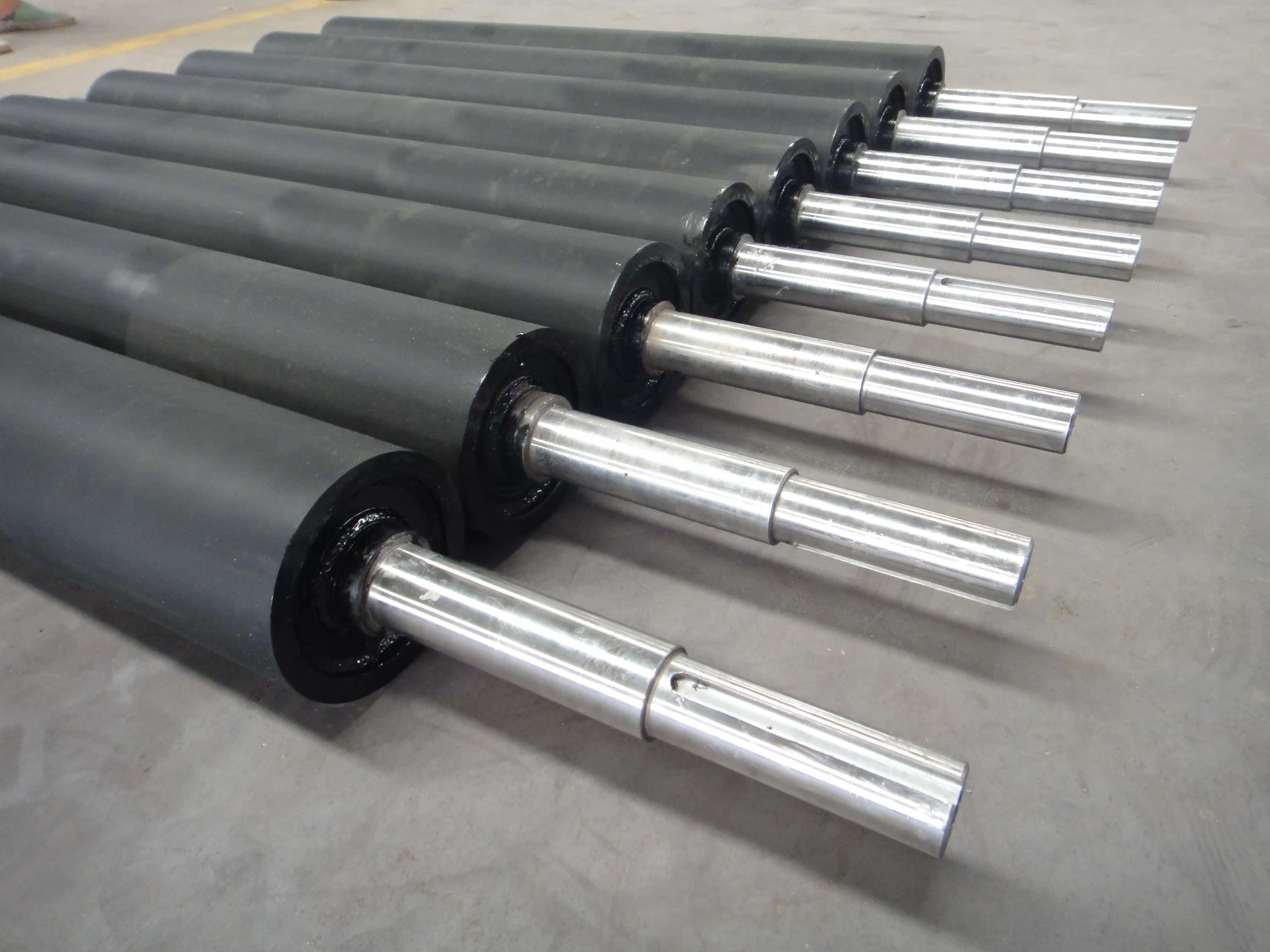 Afrikaans
Afrikaans  Albanian
Albanian  Amharic
Amharic  Arabic
Arabic  Armenian
Armenian  Azerbaijani
Azerbaijani  Basque
Basque  Belarusian
Belarusian  Bengali
Bengali  Bosnian
Bosnian  Bulgarian
Bulgarian  Catalan
Catalan  Cebuano
Cebuano  Corsican
Corsican  Croatian
Croatian  Czech
Czech  Danish
Danish  Dutch
Dutch  English
English  Esperanto
Esperanto  Estonian
Estonian  Finnish
Finnish  French
French  Frisian
Frisian  Galician
Galician  Georgian
Georgian  German
German  Greek
Greek  Gujarati
Gujarati  Haitian Creole
Haitian Creole  hausa
hausa  hawaiian
hawaiian  Hebrew
Hebrew  Hindi
Hindi  Miao
Miao  Hungarian
Hungarian  Icelandic
Icelandic  igbo
igbo  Indonesian
Indonesian  irish
irish  Italian
Italian  Japanese
Japanese  Javanese
Javanese  Kannada
Kannada  kazakh
kazakh  Khmer
Khmer  Rwandese
Rwandese  Korean
Korean  Kurdish
Kurdish  Kyrgyz
Kyrgyz  Lao
Lao  Latin
Latin  Latvian
Latvian  Lithuanian
Lithuanian  Luxembourgish
Luxembourgish  Macedonian
Macedonian  Malgashi
Malgashi  Malay
Malay  Malayalam
Malayalam  Maltese
Maltese  Maori
Maori  Marathi
Marathi  Mongolian
Mongolian  Myanmar
Myanmar  Nepali
Nepali  Norwegian
Norwegian  Norwegian
Norwegian  Occitan
Occitan  Pashto
Pashto  Persian
Persian  Polish
Polish  Portuguese
Portuguese  Punjabi
Punjabi  Romanian
Romanian  Russian
Russian  Samoan
Samoan  Scottish Gaelic
Scottish Gaelic  Serbian
Serbian  Sesotho
Sesotho  Shona
Shona  Sindhi
Sindhi  Sinhala
Sinhala  Slovak
Slovak  Slovenian
Slovenian  Somali
Somali  Spanish
Spanish  Sundanese
Sundanese  Swahili
Swahili  Swedish
Swedish  Tagalog
Tagalog  Tajik
Tajik  Tamil
Tamil  Tatar
Tatar  Telugu
Telugu  Thai
Thai  Turkish
Turkish  Turkmen
Turkmen  Ukrainian
Ukrainian  Urdu
Urdu  Uighur
Uighur  Uzbek
Uzbek  Vietnamese
Vietnamese  Welsh
Welsh  Bantu
Bantu  Yiddish
Yiddish  Yoruba
Yoruba  Zulu
Zulu Self-Centering Conveyor Idler for Improved Alignment and Efficiency
Self-Aligning Carrying Idler Enhancing Conveyor System Efficiency
In the realm of material handling and transportation, conveyor belts play an essential role in various industrial applications. One of the crucial components that significantly enhance the performance and efficiency of conveyor systems is the self-aligning carrying idler. This innovative design feature addresses common challenges faced in conveyor operations, providing operational ease, reliability, and increased productivity.
Understanding the Self-Aligning Carrying Idler
A self-aligning carrying idler is a type of roller support that is designed to maintain the centerline of the conveyor belt. It automatically adjusts itself to the position of the belt, ensuring that it runs smoothly without deviating from its intended path. This self-aligning capability is achieved through a unique design that incorporates either a pivot point or a set of flexible supports that allow the idler to tilt and rotate in response to the belt's movements.
Traditional carrying idlers require precise alignment to function effectively. Misalignments can lead to several issues, such as increased wear on the conveyor belt, material spillage, and inefficient energy consumption. In contrast, self-aligning idlers mitigate these problems by accommodating minor misalignments and ensuring that the belt remains centered.
Benefits of Self-Aligning Carrying Idlers
1. Reduced Misalignment Issues One of the primary advantages of self-aligning carrying idlers is their ability to minimize belt misalignment. As the belt runs, the idler automatically adjusts, reducing the wear and tear on both the idler and the belt. This feature is particularly beneficial in environments where materials are loaded unevenly, affecting the belt's trajectory.
self aligning carrying idler

2. Lower Maintenance Costs By reducing misalignment and the associated friction, self-aligning idlers can significantly extend the lifespan of the conveyor belt and other components. This translates into lower maintenance costs over time, as the need for repairs or replacements is diminished. In industries where operational uptime is critical, these cost savings can be substantial.
3. Enhanced Material Handling Efficiency With improved alignment, the conveyor belt can operate at optimal efficiency, allowing materials to be transported smoothly and consistently. This efficiency is crucial in high-throughput environments, such as mining, manufacturing, and distribution centers, where time is a critical factor.
4. Increased Safety Misaligned belts can pose safety hazards, leading to the risk of materials spilling and causing accidents. Self-aligning carrying idlers help maintain the belt's trajectory, reducing the likelihood of such incidents and contributing to a safer working environment.
5. Versatility in Applications These idlers can be used in a variety of conveyor systems, whether in heavy-duty, high-load applications or lighter-duty settings. Their adaptable design makes them suitable for handling different materials, including bulk products, aggregates, and packaged goods.
Conclusion
The self-aligning carrying idler is a transformative component for conveyor systems, providing significant advantages that enhance operational efficiency, reduce maintenance costs, and improve overall safety. As industries continue to evolve and face increasing demands for productivity, the incorporation of innovative technologies like self-aligning idlers becomes essential.
By investing in and utilizing self-aligning carrying idlers, businesses can optimize their material handling processes. Whether in mining, logistics, or manufacturing, these idlers offer a practical solution to some of the most pressing challenges in conveyor system management. As technology advances, we can expect further improvements in conveyor components, ensuring that industries remain equipped to meet future demands efficiently.
-
Revolutionizing Conveyor Reliability with Advanced Rubber Lagging PulleysNewsJul.22,2025
-
Powering Precision and Durability with Expert Manufacturers of Conveyor ComponentsNewsJul.22,2025
-
Optimizing Conveyor Systems with Advanced Conveyor AccessoriesNewsJul.22,2025
-
Maximize Conveyor Efficiency with Quality Conveyor Idler PulleysNewsJul.22,2025
-
Future-Proof Your Conveyor System with High-Performance Polyurethane RollerNewsJul.22,2025
-
Driving Efficiency Forward with Quality Idlers and RollersNewsJul.22,2025





























